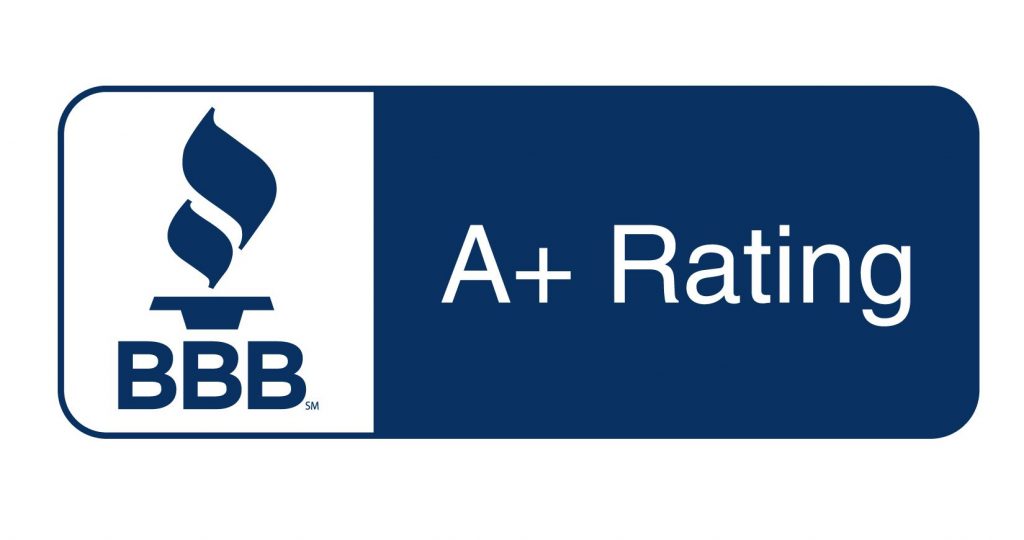Medicare and Medicaid are often confusing, partially because they can work together sometimes. Today, we’re going to review the basic differences between the two programs and discuss how they can work together to provide comprehensive health insurance.
What Is Medicare?
Medicare is the federal program that was created in 1965. It offers health insurance to individuals who are 65 and older, as well as those with certain disabilities or health conditions. Original Medicare consists of Parts A and B, but there are additional options, including Part C, Part D, and Medicare Supplement plans.
What is Medicaid?
Like Medicare, Medicaid is also a national federal program that provides health insurance. However, it has different eligibility requirements and is for specific groups of people. Those groups include:
- Limited-income individuals and families
- Pregnant women
- The elderly
- People with disabilities
While Medicaid is a national program, it is administered by each individual state, so eligibility and benefits may vary. To find out if you qualify, you can contact your state’s Medicaid office.

How Medicare and Medicaid Work Together
Medicaid administers a set of programs called Medicare Savings Programs or MSPs. These are specifically for individuals who are enrolled in Medicare and have limited income and resources. There are four different MSPs, each with varying levels of eligibility thresholds.
Qualified Medicare Beneficiary (QMB): This level will pay for Medicare Part A and B monthly premiums, and individuals will not be billed for Medicare-approved services. Beneficiaries must see Medicare providers to receive this benefit.
Specified Low-Income Medicare Beneficiary (SLMB): This level will pay the Medicare Part B premium.
Qualifying Individual (QI): This level will also pay the Part B premium.
Qualified Disabled Working Individual (QDWI): This level pays for the Part A premium. To qualify for QDWI, you must be under the age of 65, be employed, have a disabling impairment, have limited income, and not already be eligible for Medicaid.
If you are eligible for both Medicare and Medicaid, you’ll receive more financial assistance to help pay for your healthcare needs. Depending on your level of eligibility, Medicaid may help pay for your Medicare Part B premium, deductibles, copayments, and coinsurance. It will also pay the Medicare Part A premium, but most beneficiaries enjoy premium-free Part A.
In addition, you will automatically receive Extra Help, which is a nationwide program that helps with prescription drug costs. This may include your Part D premium, deductible, coinsurance amounts, and any late-enrollment penalties you may have incurred. Medicaid may also pay for other medications and services not covered by Medicare.
Medicare will remain the primary payor, and Medicaid will be secondary. Beneficiaries can still choose if they’d like to continue with Original Medicare or enroll in a Medicare Advantage (Part C) plan.
If you choose to enroll in Medicare Advantage, you should find out if there are any D-SNP plans in your area. D-SNP stands for “Dual Eligible Special Needs Plan.” These plans are reserved only for individuals who qualify for both Medicare and Medicaid. If you are a fully-eligible individual, you can expect limited or no cost-sharing if you enroll in a D-SNP. Plus, there are often many other benefits like over-the-counter stipends, gym memberships, transportation services, dental care, vision care, and hearing care.
Every D-SNP plan is different, so you’ll need to review the summary of benefits if one is available in your area. You must reside in the plan’s zip code to enroll. If you do not have a D-SNP available, you may still enroll in other kinds of Medicare Advantage plans.
Some states also offer Medicare-Medicaid plans, which help you to coordinate your benefits through both programs. Every Medicare-Medicaid plan includes prescription drug coverage. PACE, the Program of All-Inclusive Care for the Elderly, is also available in select states. This program is open to any person age 55 or older who needs the level of care found in a nursing home but can live safely in a community. PACE plans also include drug coverage.
If you need help determining if you’re eligible for Medicare, Medicaid, or both, speak with one of the Medicare advisors at Carolina Senior Benefits. We will help you submit the necessary applications for Medicaid and help you search for Medicare plans in your area. Call today for a complimentary consultation.





